By Gary Agranat
Participants: Ed Corn, Steve Plock, Gary Agranat.
Ed, Steve, and I traveled to our radio telescope site, leaving from the Ellicott Fire Department a little after 7:30 am. We encountered just a little fog on the way.
Steve worked primarily on troubleshooting the amplifier failure on the 60-foot antenna fiber optic feed. Steve found a power supply no longer functioned. He wrote me later, “Damaged parts have been ordered and will be replaced at the earliest convenience.”
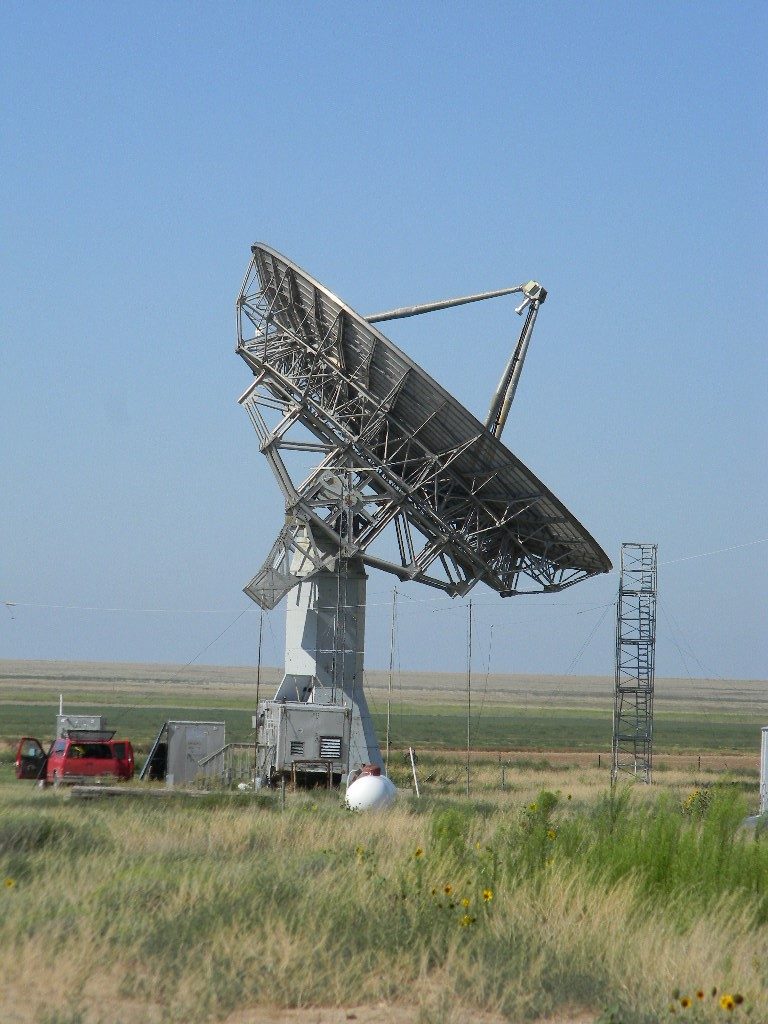
Ed Corn and I worked on assembling the 3-element tri-band Yagi antenna from Myron Babcock, and then the ham radio tower by the bunker, on which the Yagi antenna will go. We measured and reassembled the three Yagi antenna elements and the boom support for them. We’ll wait to combine those until we are ready to attach the antenna to a mast and on to the tower. The antenna will operate on the ham 10, 15, and 20 meter bands. We decided to set the lengths so that the antenna tunes best in the center portions of the bands.
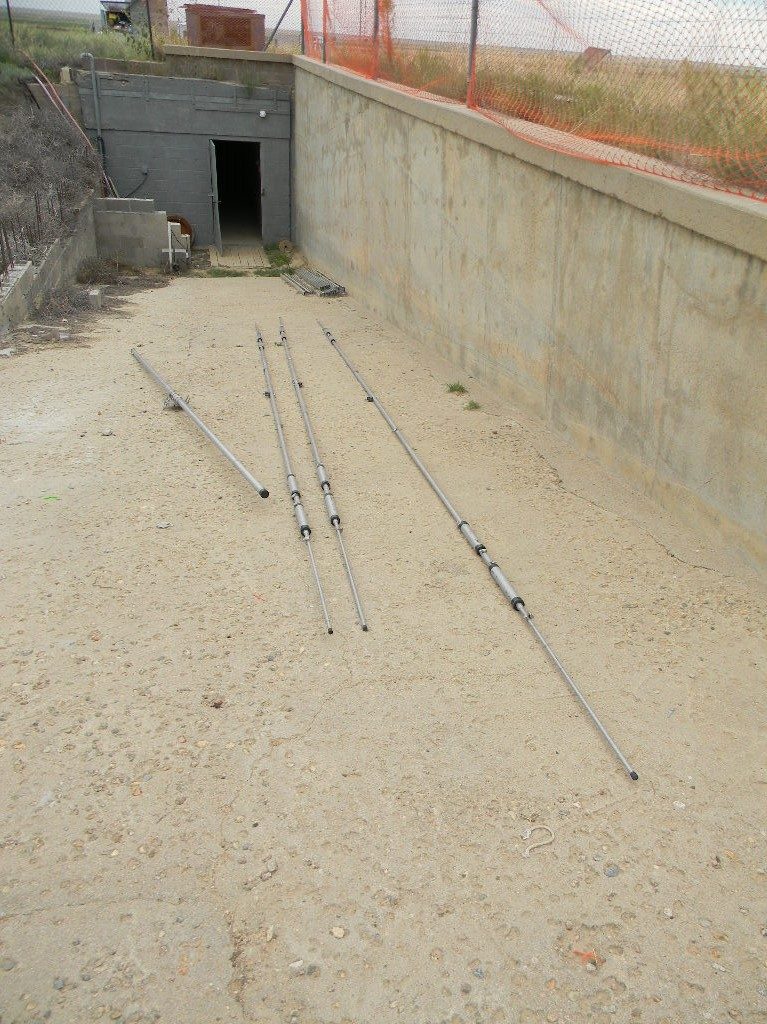
We assembled the tower components out to a length of 50 feet, including the top that will hold the rotor. The tower is now designed and built to rotate from a pivot point next to the existing tower that had been started earlier. Ed climbed that original tower to install the pulley; the pulley leverages and pulls up the 50-foot tower by rotation at the pivot. We tested lifting the 50 foot tower with the hand crank winch that I think came from Steve. The design works. We eventually will need to take down the mast that supports the 80 and 160 meter dipole antennas, to complete the tower build-out. We plan to re-attaching those antennas to the tower itself, when we are ready to complete the tower. Ed has already fabricated two standoffs that will attach to the sides of the tower, and centrally support the dipole antennas.
Ed from time to time went to help Steve. And Steve once in a while came to help with the tower assembly.

Ed removed metal plugging the insides from a previous tower connection. 
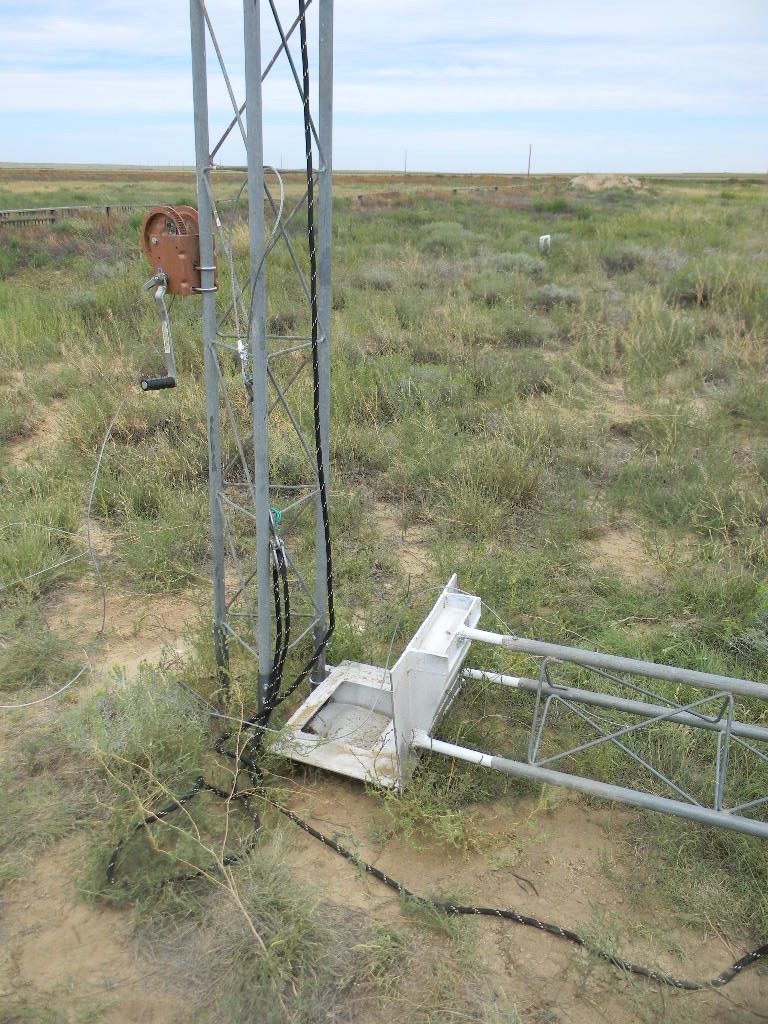
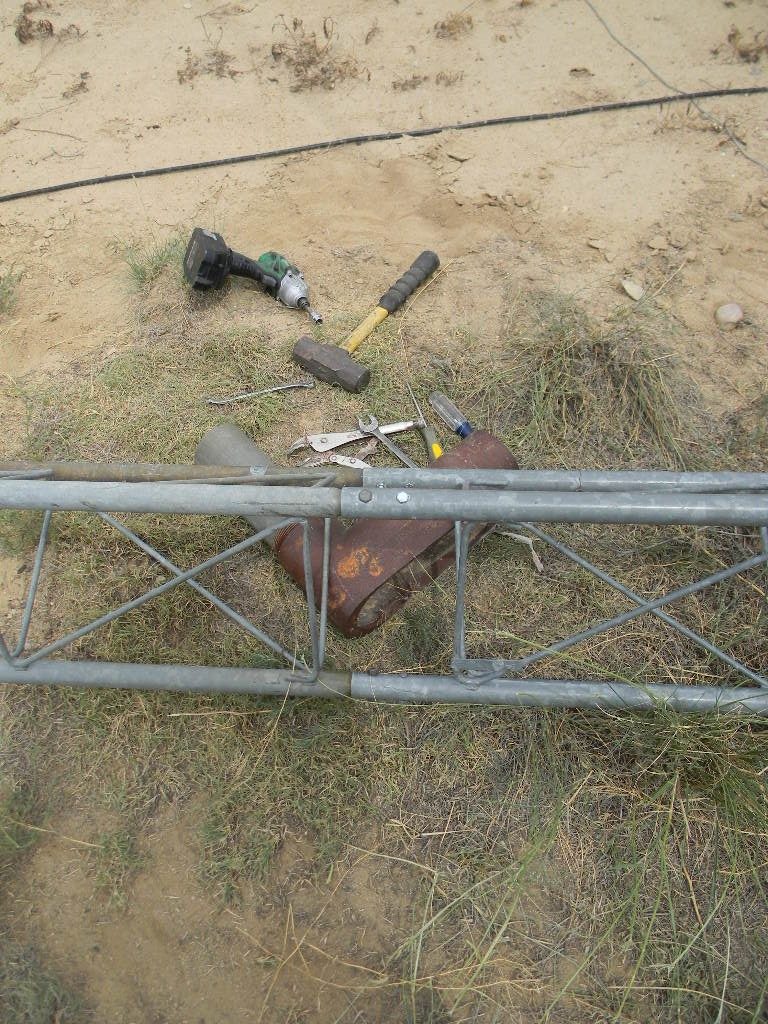
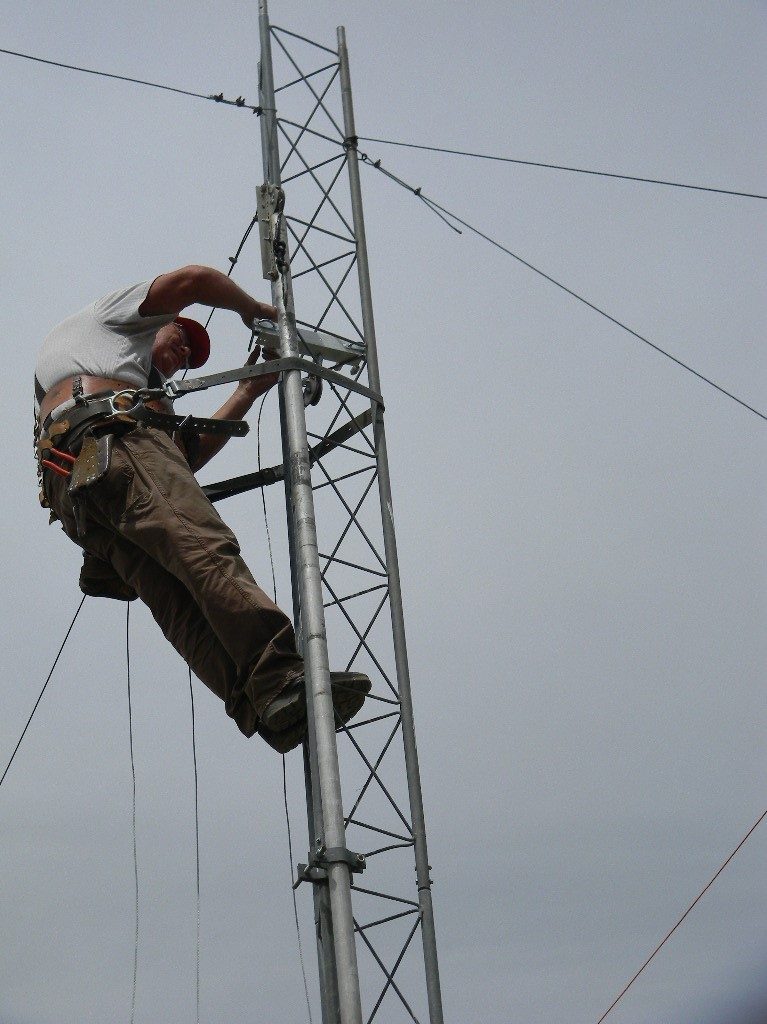

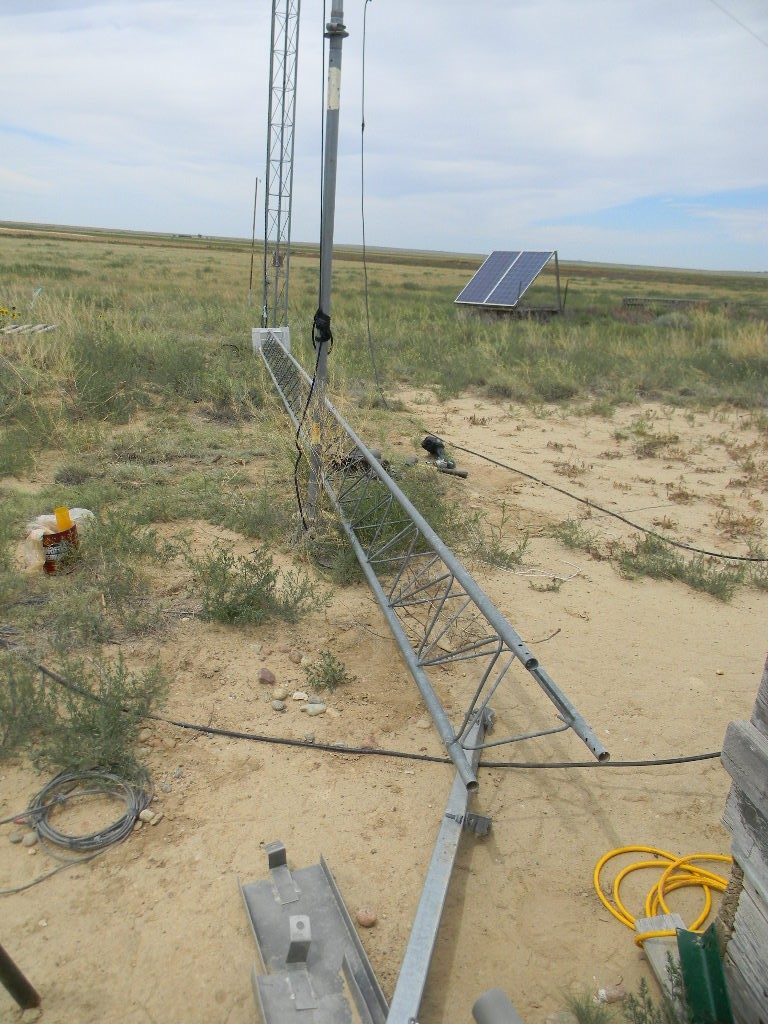
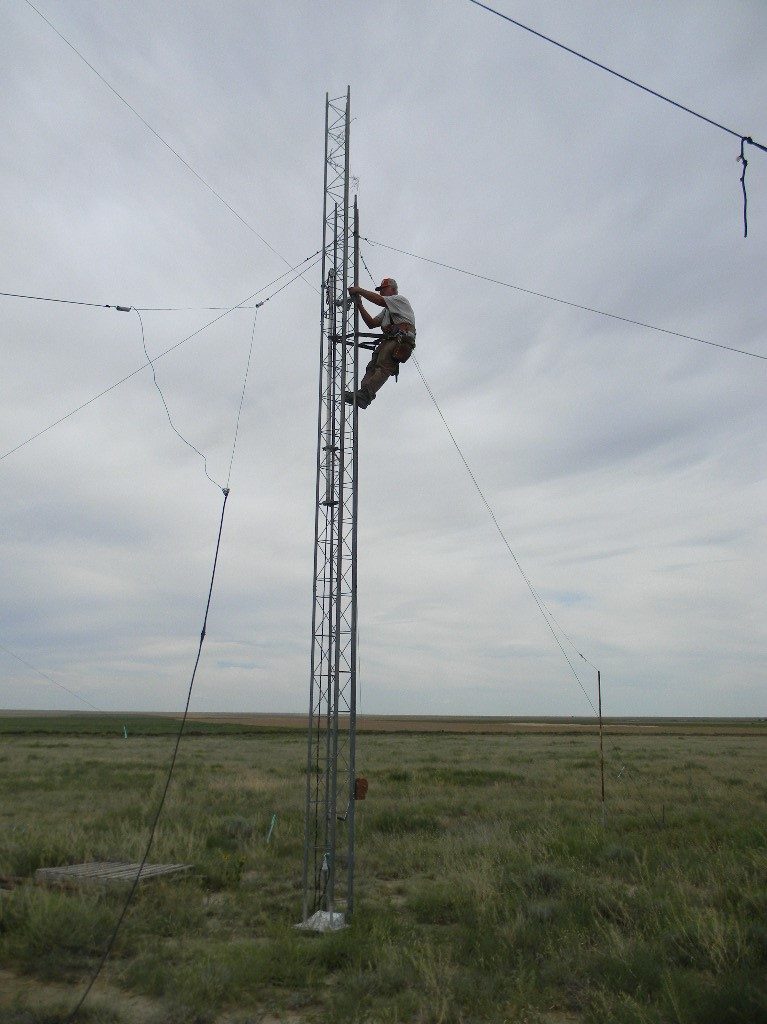

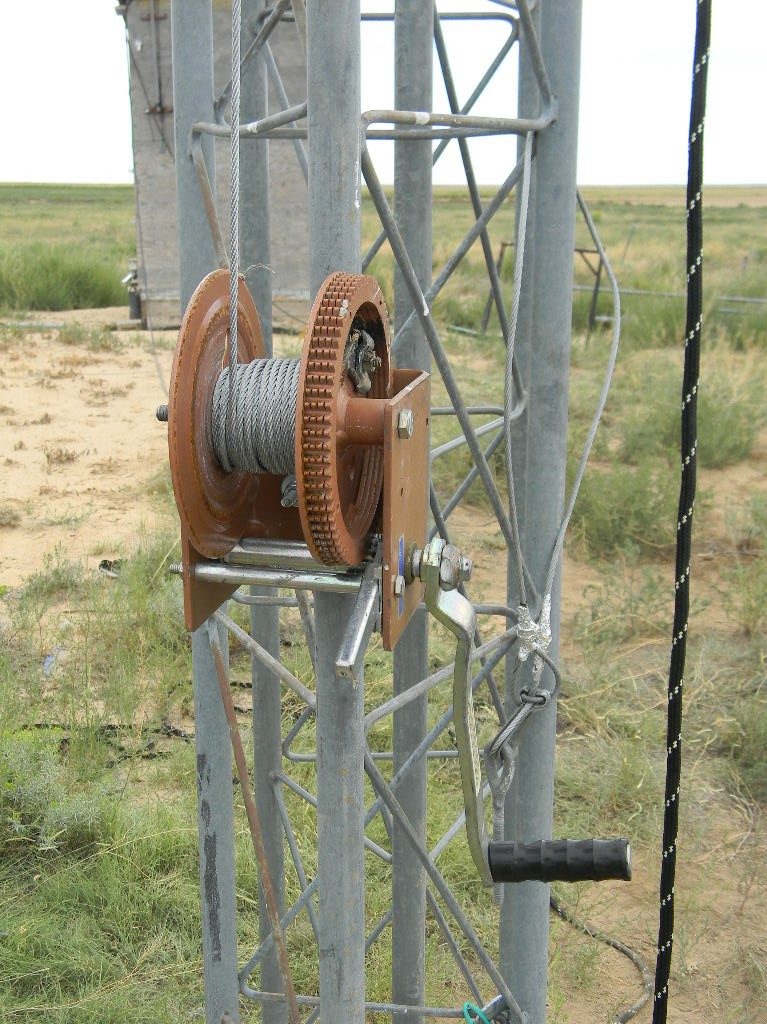
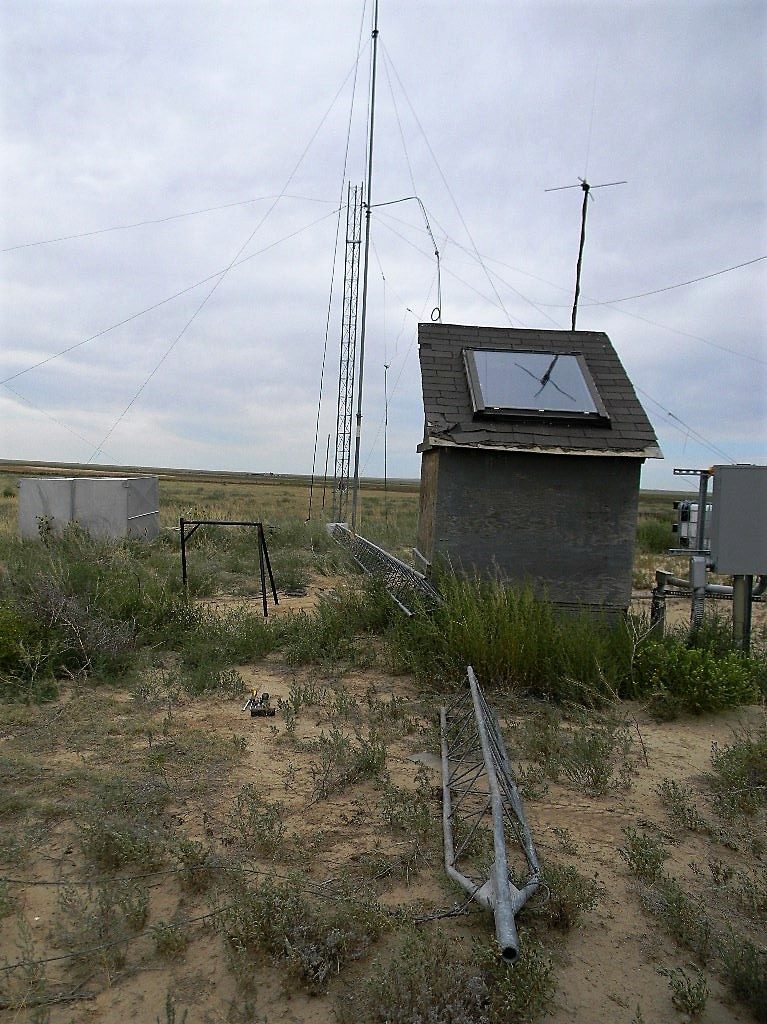
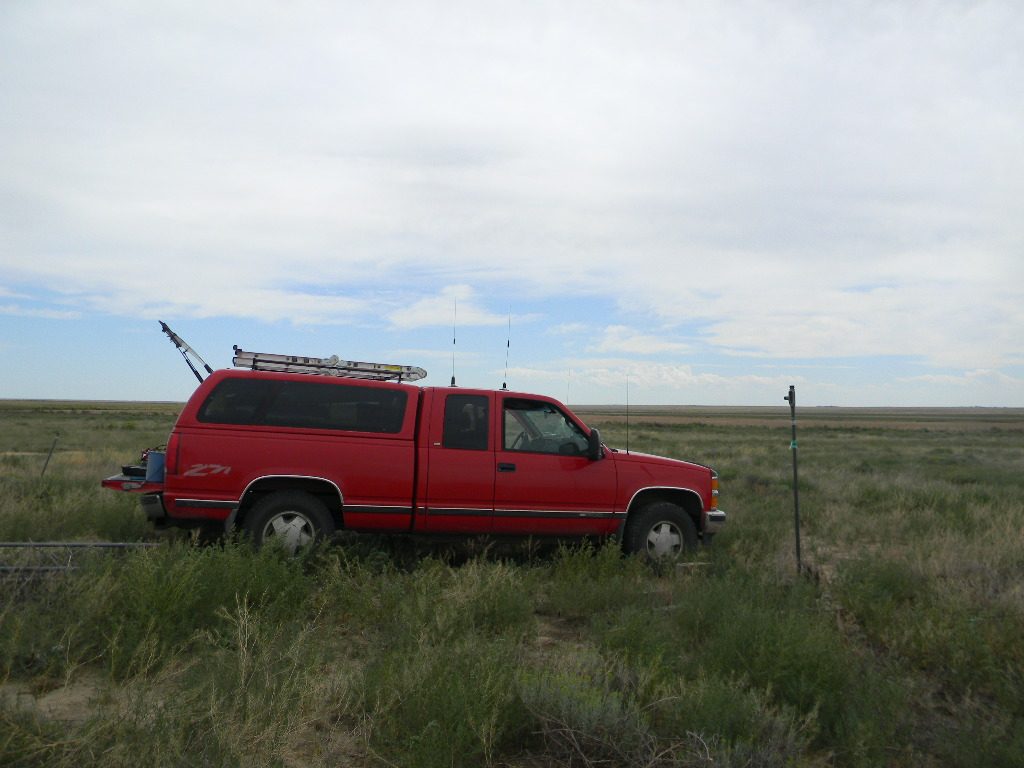
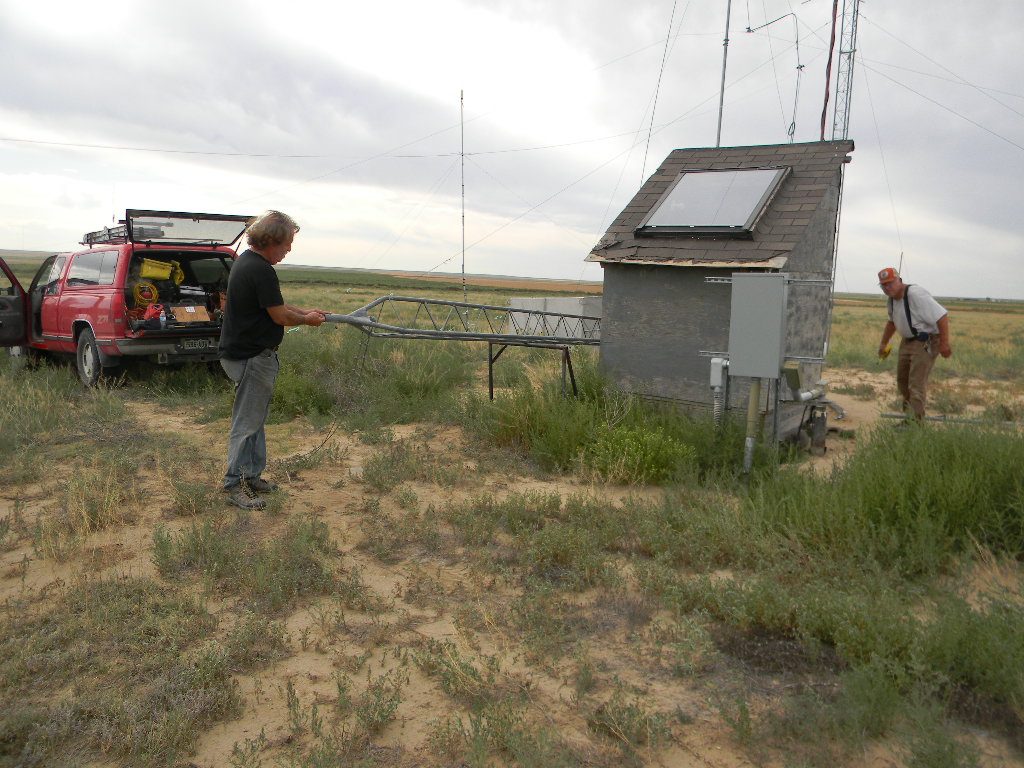
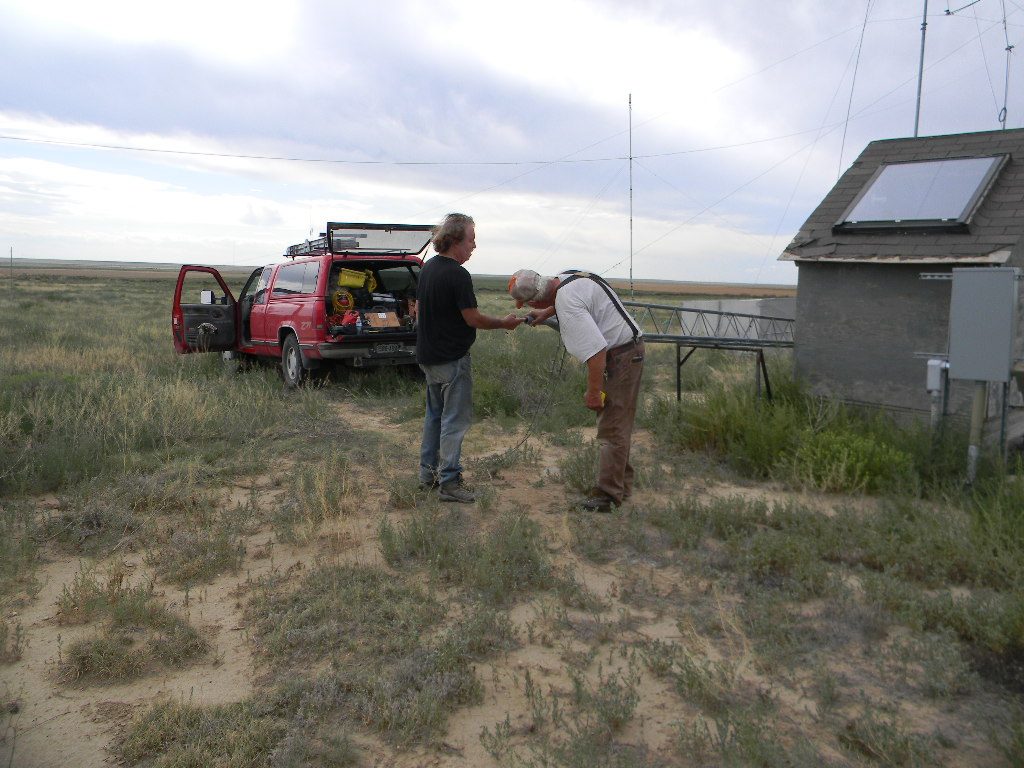
We had a lunch break together in the bunker. I brought a small coffee maker and brewed coffee for Ed and me.
The weather was good, considering the heat we’ve been having lately. High cirrostratus and mid level clouds from storms in the distance covered us for the afternoon, and kept the heat and sunshine comfortable. We saw rain showers in the far distance, but those never came close enough to bother us. The bunker thermometer read 75 F, and outdoors was probably just a little warmer.
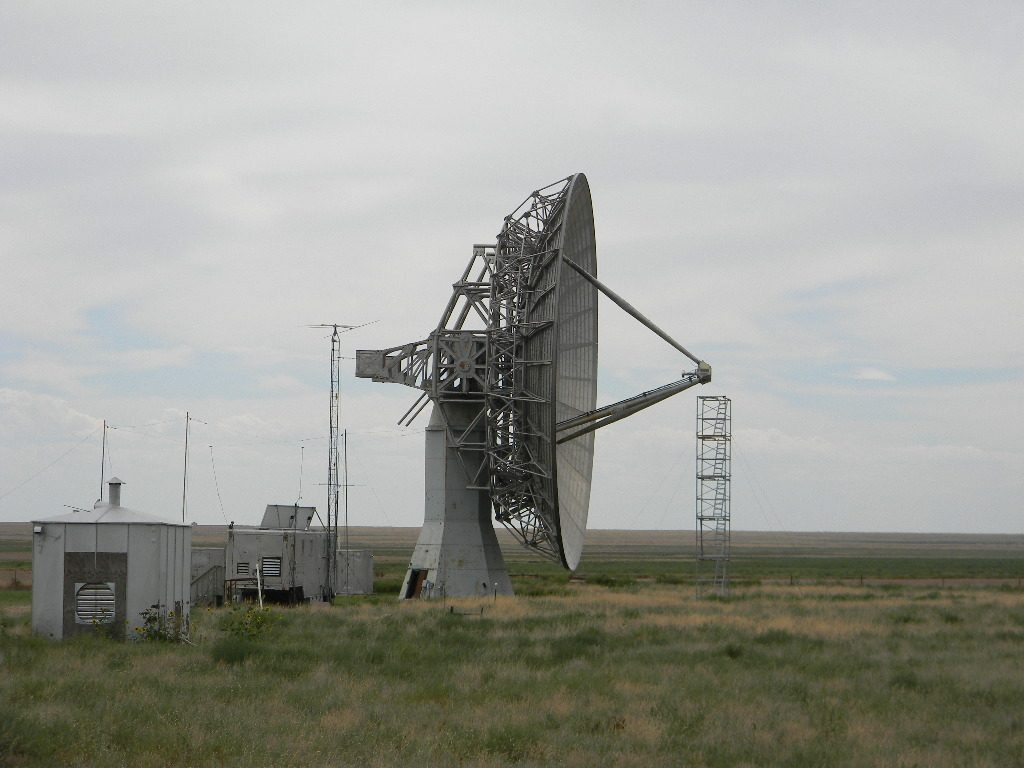
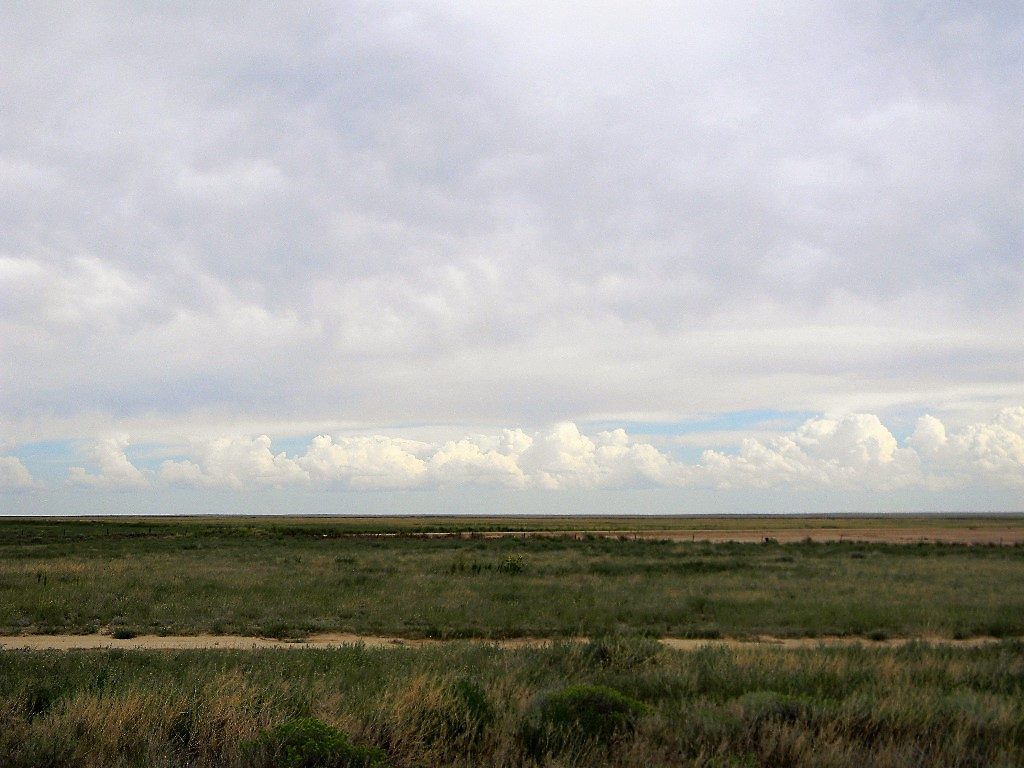
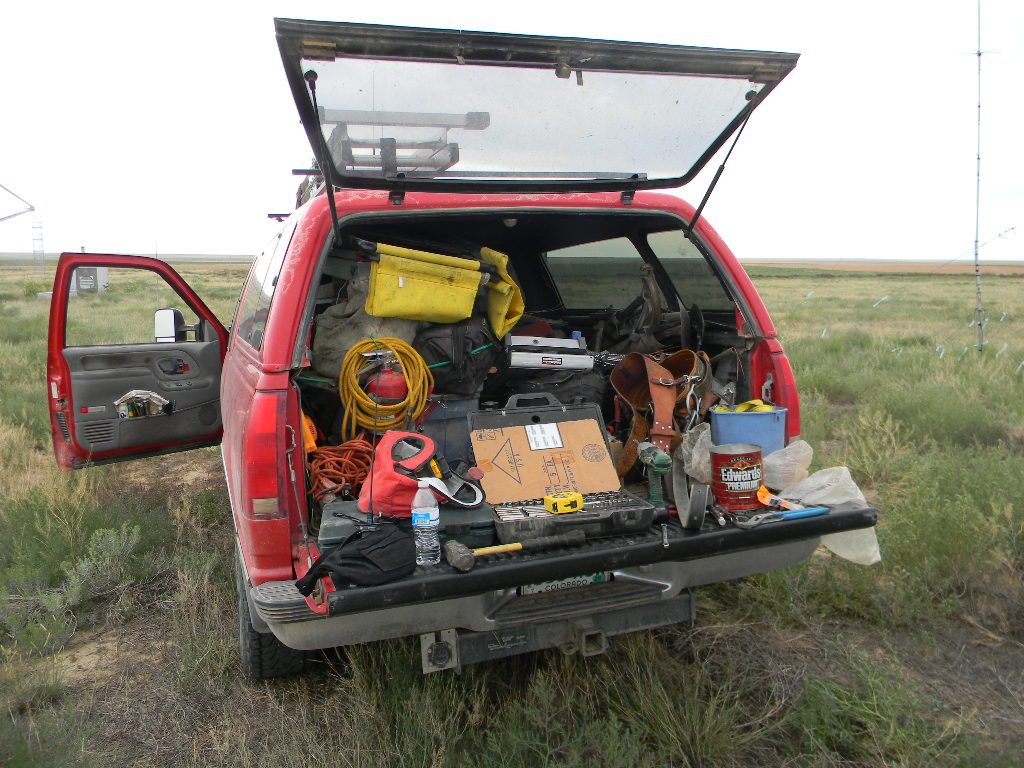
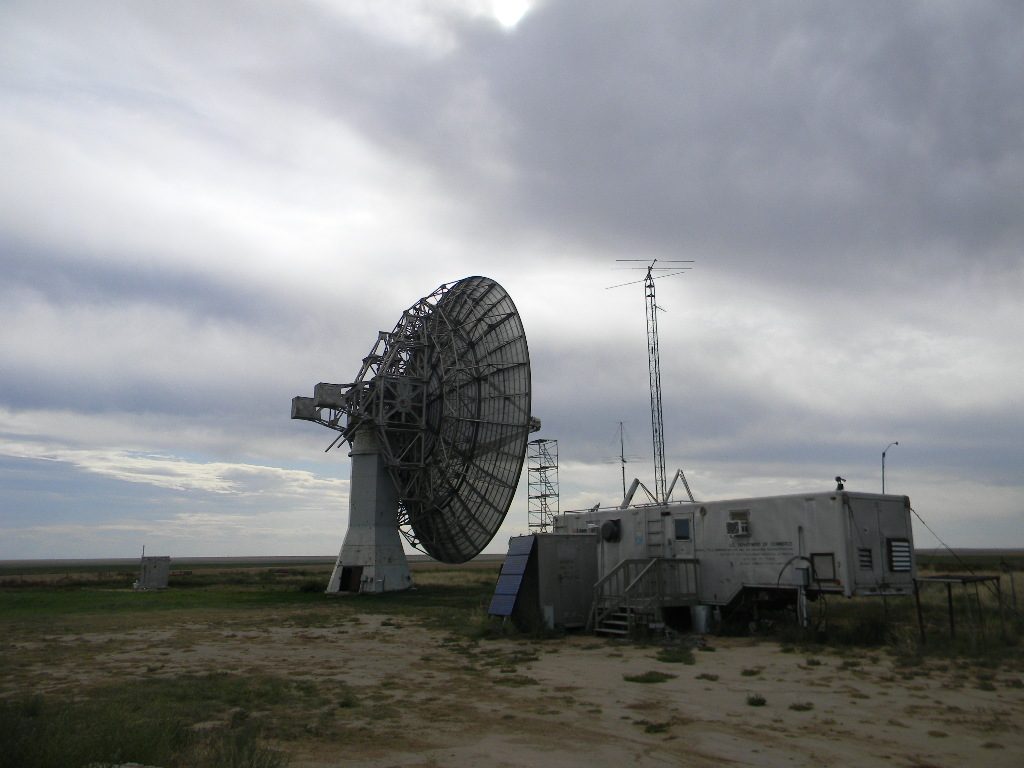
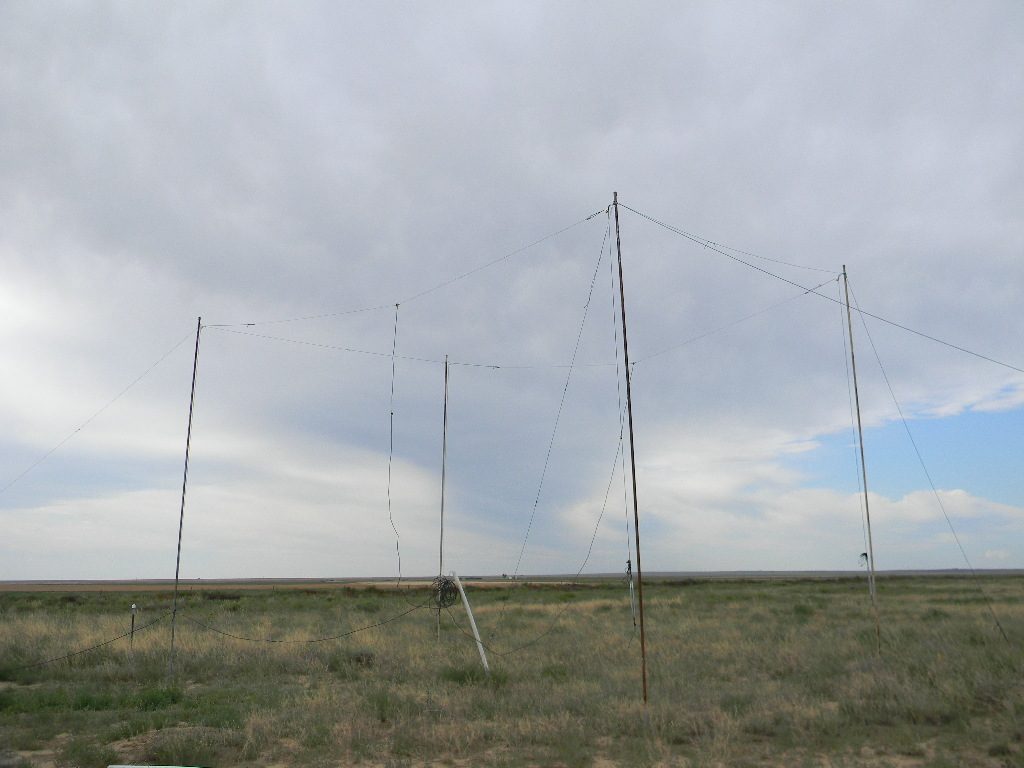
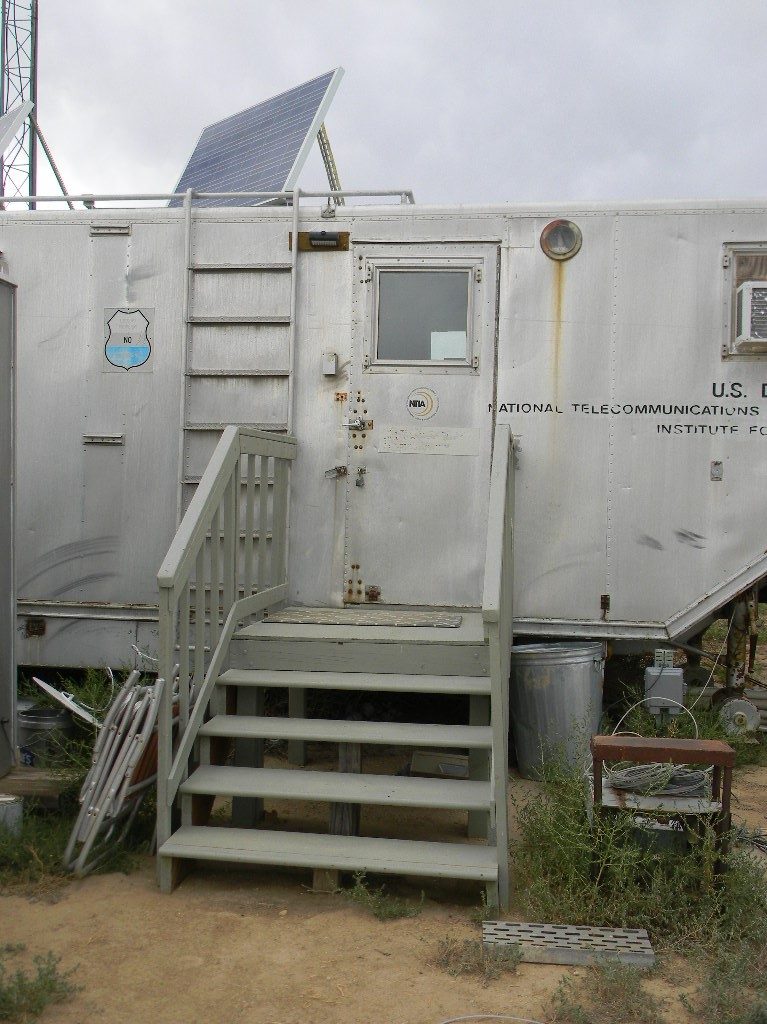

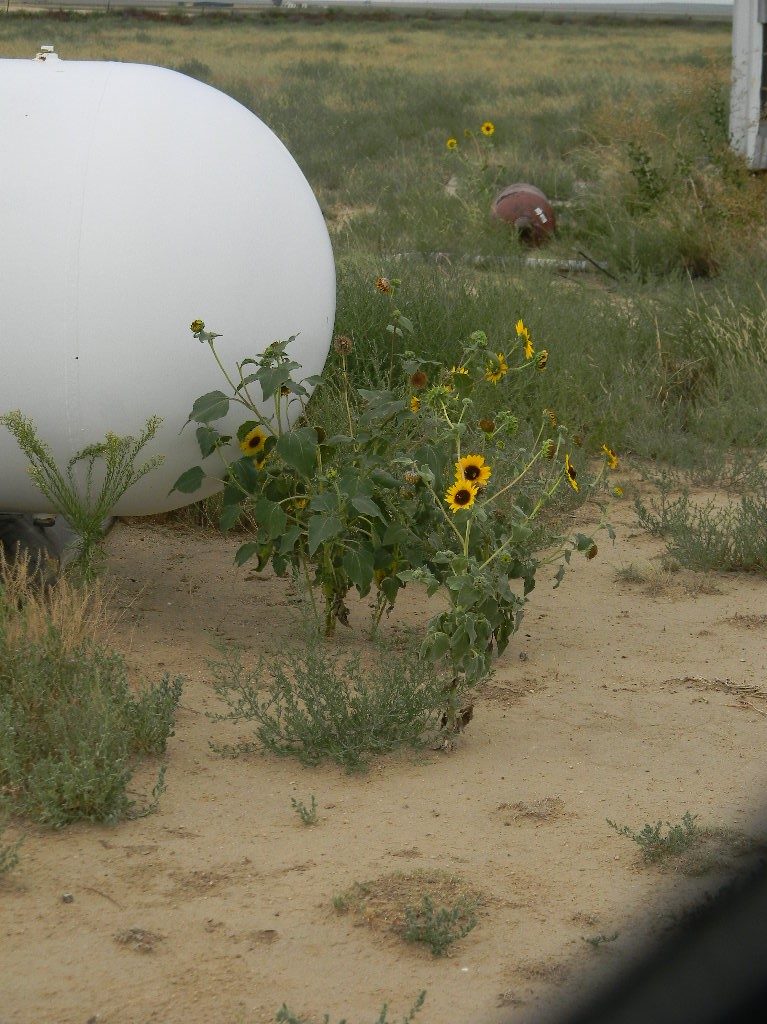

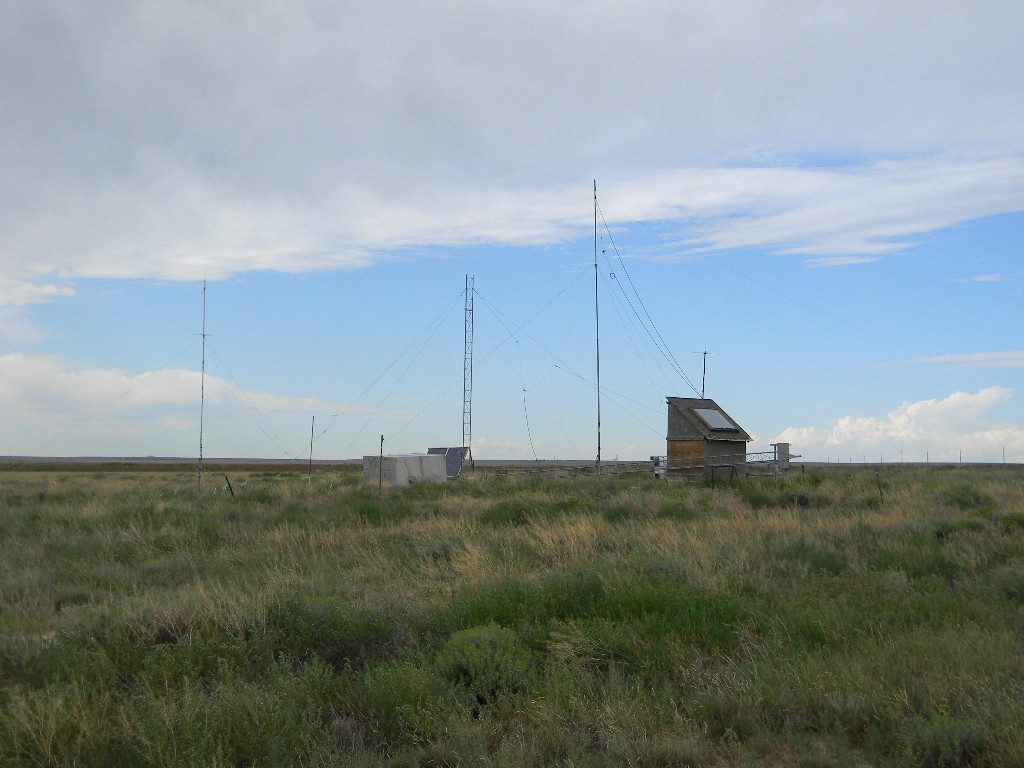

During a break I got on the air at the bunker station, and made 12 contacts for QSO parties that were running: 1 to Hawaii, 5 to Ohio, and 6 to Kansas, on CW and SSB, on 20 and 40 meters. I submitted our logs to those QSO parties later.
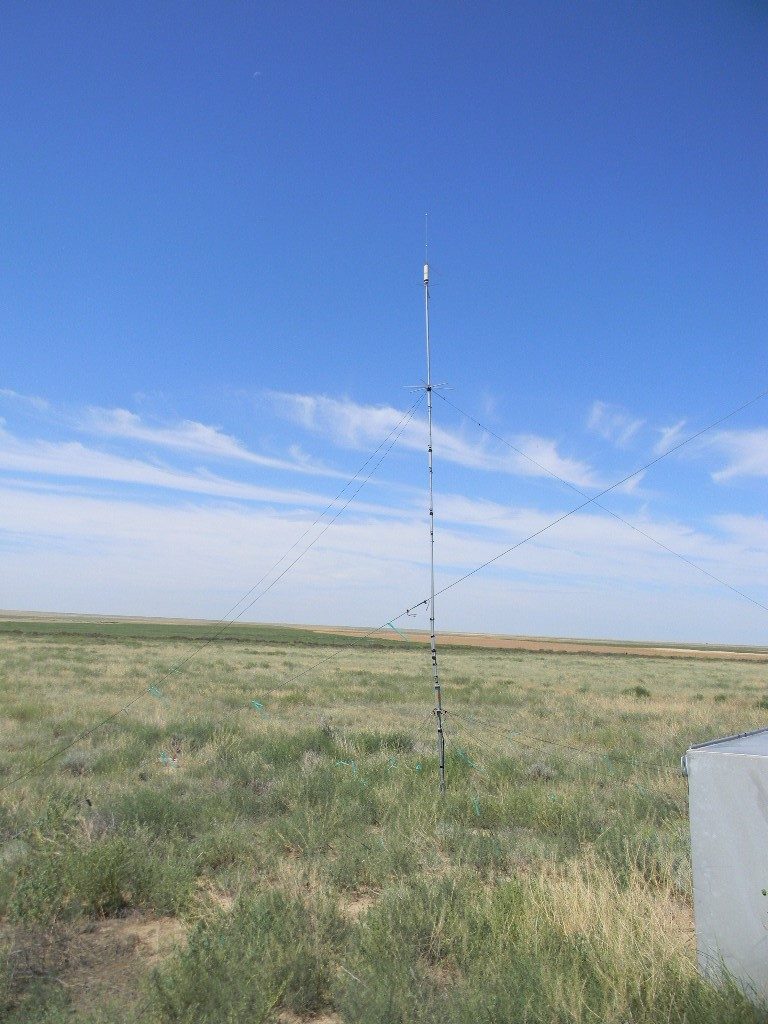
For the team, Gary Agranat.